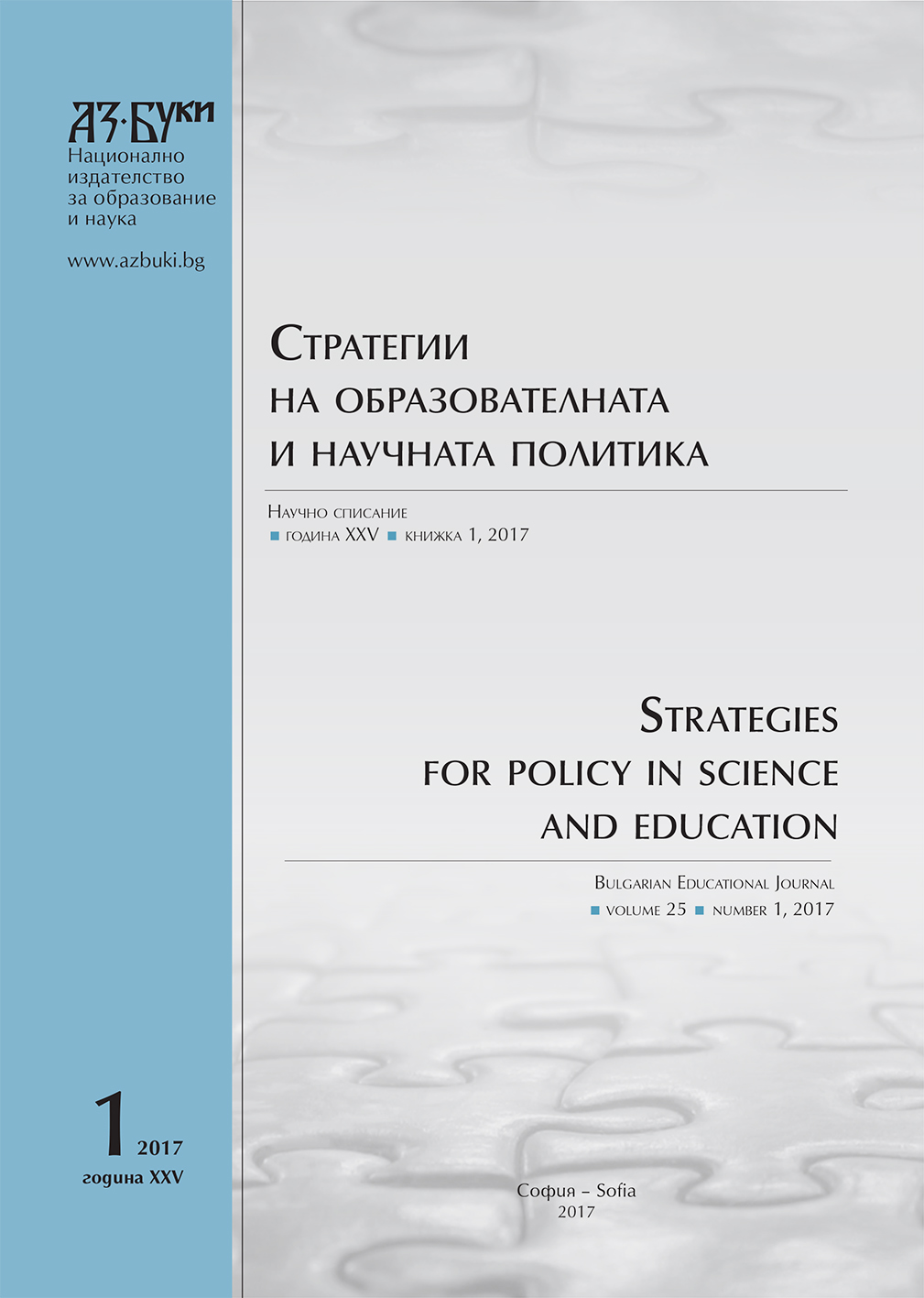The Effectiveness of a Single Test Approach in Identifying Potentially Gifted Young Children
The Effectiveness of a Single Test Approach in Identifying Potentially Gifted Young Children
Author(s): Adile Gülşah SaranliSubject(s): Social Sciences, Education, Sociology, School education, Educational Psychology, State/Government and Education, Evaluation research, Social development, Family and social welfare, Welfare services, Inclusive Education / Inclusion
Published by: Национално издателство за образование и наука „Аз-буки“
Keywords: early childhood; high potential; gifted children
Summary/Abstract: The aim of this research is to understand the effectiveness of the Basic Aptitude Test in identifying very young potentially gifted children. Early intervention, including early identification, is crucial while helping potentially gifted children. Identification should ideally include multiple pedagogical methods such as; observation, parent and teacher interviews, conversations with the child and portfolio examples. However, because of the long identification process, these steps may sometimes be skipped, with all steps compacted in a single test in isolation. For example, within the last few years, there has been attempts in the Turkish education system to identify very young children with the help of only “The Basic Aptitude Test”, labeling 5 or 6 year old children as gifted or not gifted. In this research, we attempt to show that this is a more complicated and very fragile process and using only a single test can result in a substantial number of potentially gifted children being left unidentified. During this research, the Torrance Creativity Test, Tema-3 Early Math Test, Tifaldi Turkish Language Development Test and at last Basic Aptitude Test (5-7) were all applied to 42 preschool age children (age 6) in Ankara, the capital city of Turkey within a one year period. Informed consents were collected from parents, giving permission to work with the children. This research showed that relying on a single test alone can mislead educators and parents. Results revealed that 11 out of the 42 young children were left unidentified based on results from the Basic Aptitudes Test alone. These findings will provide a scientific basis to inform parents, teachers and governments about the crucial and difficult nature of trying to find the most able pupils, showing them which methods may be appropriate for the identification of potentially gifted in early ages.
Journal: Стратегии на образователната и научната политика
- Issue Year: 25/2017
- Issue No: 1
- Page Range: 20-32
- Page Count: 13
- Language: English
- Content File-PDF

